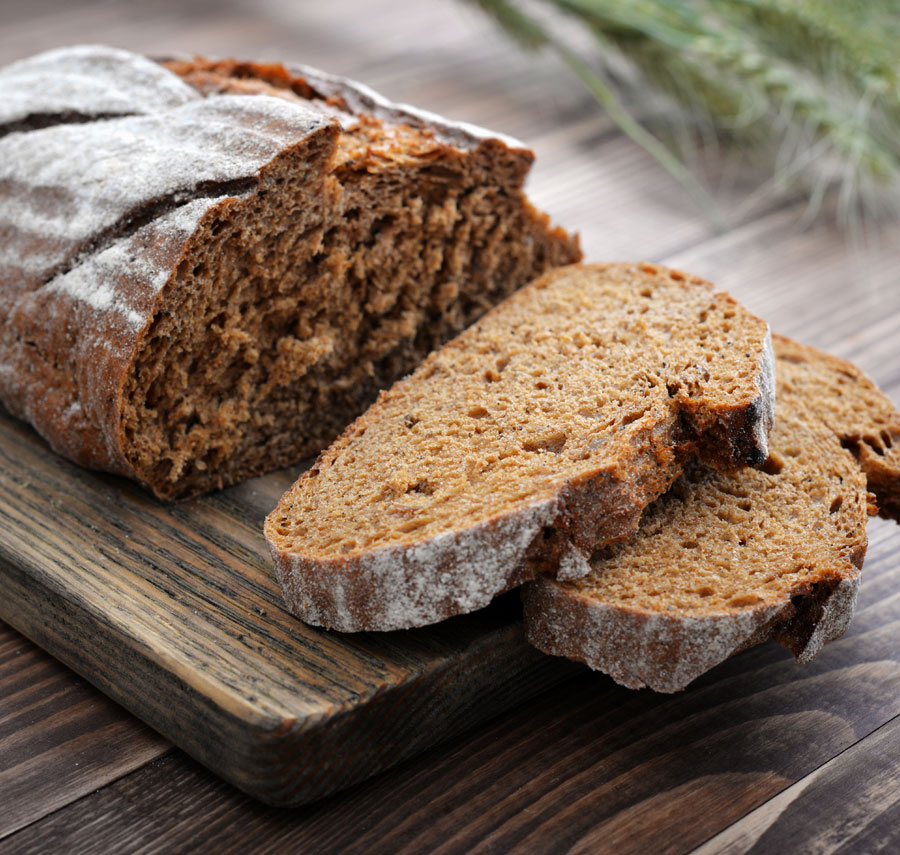Rye as bread-making
With increasing popularity of organic food rye has also been rediscovered by the German kitchen. The intense, aromatic taste is typical for baked products made with rye flour. Rye and multigrain breads extent the selection in bakeries enormously. Germany is known for its wide range of breads in which apart from wheat rye still plays a major role. Rye is characterised by grains low in gluten (low gluten content) but high in fibre (high pentosan content) providing a relatively dark and mineral-rich flour.
The proteins in rye are highly soluble in water. But although rye also has gliadin and glutenin molecules the proteins do not form gluten and thus, do not form a three-dimensional structure like wheat gluten during dough preparation. It is assumed that the formation of the structure is impeded by pentosans (= swelling agents and mucilages).

However, at the same time pentosans are the key to baking quality by binding water and swelling up to eight times their own weight. According to their solubility in water pentosans are classified as soluble and insoluble. While the insoluble pentosans are responsible for the high water-binding capacity in the grain increasing dough yield, soluble pentosans are beneficial for leavening, crumb texture and bread volume. Bakery products made with rye have a good water absorption which retards bread staling so that they are baked with sourdough for storing. Using sourdough as leavening agent makes rye breads, which are rather dense due to their low gluten content, more digestible.
Rye crispbread is also particularly popular. Crispbread is low in calories and has a very positive effect on the digestive tract due to its high fibre content.
